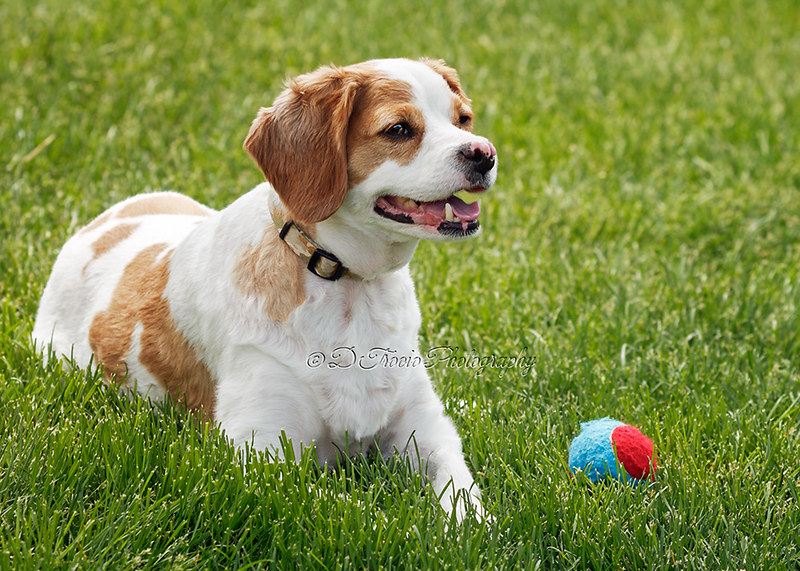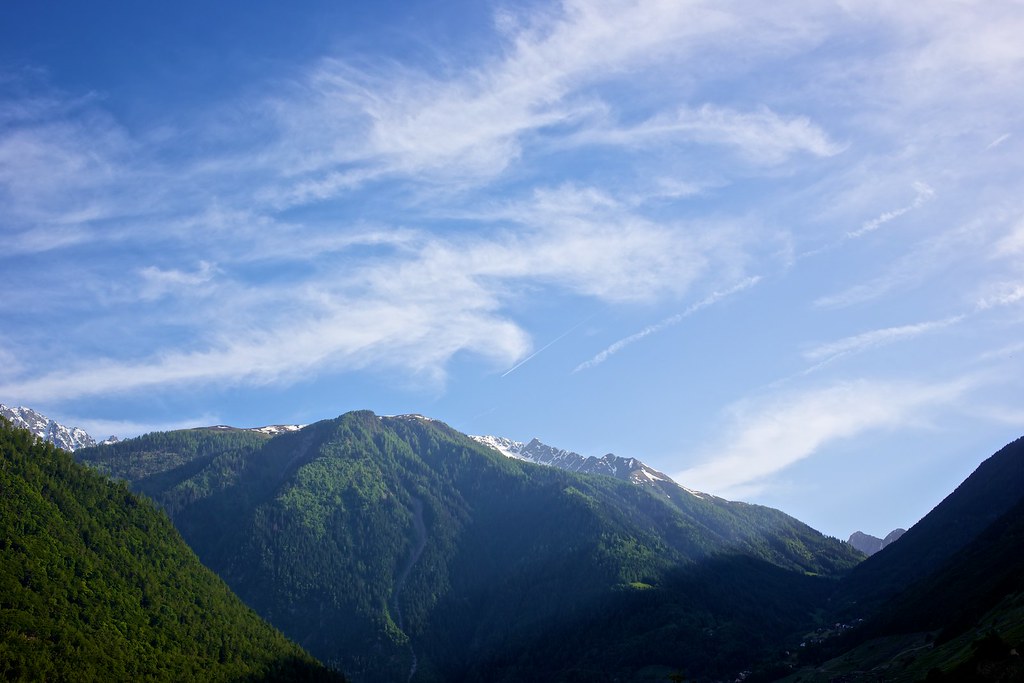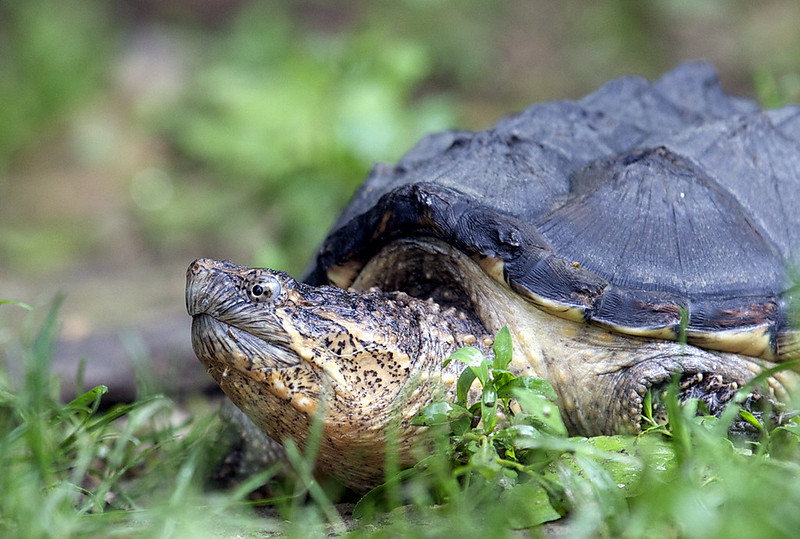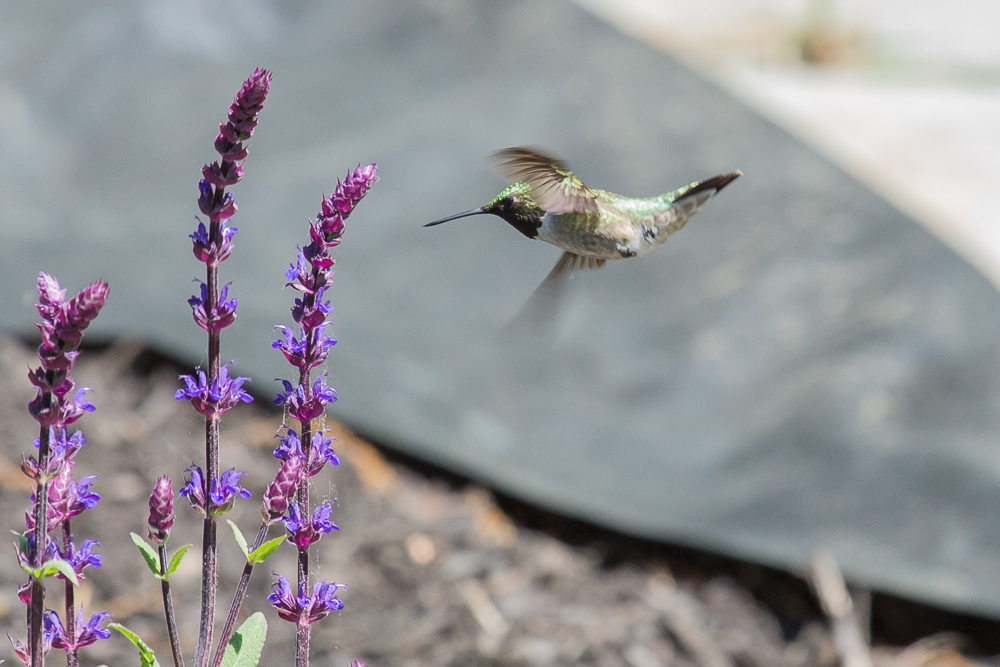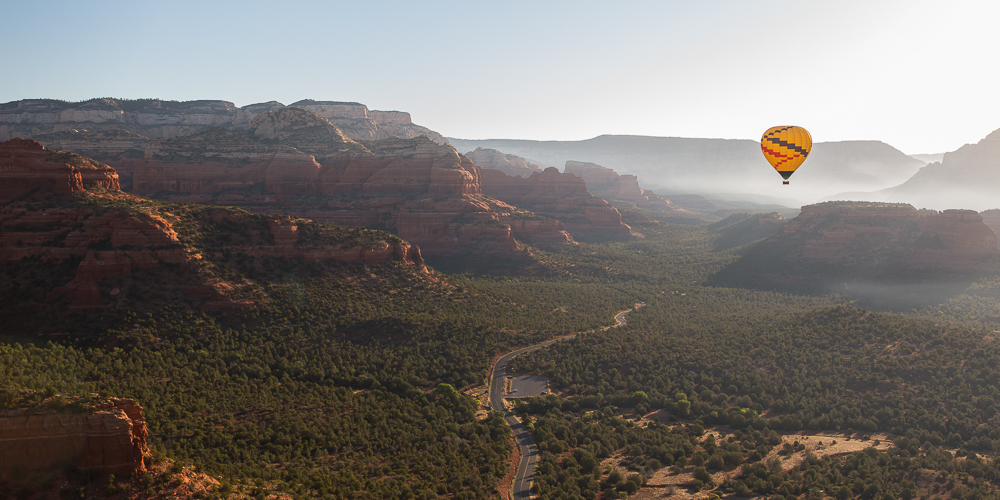Brant:
There are others that visit this site that know more than I, but here are my two cents (and probably not worth that much). And my comments are based on taking a single shot... I have not gotten around to stacking yet.
The 15 second exposure is correct for 35mm focal length to keep from getting star trails or elongated stars, but the exposure is not enough for the light. If you use your 14mm wide open, then the reality is the max shutter speed could then be 36 seconds but you would loose a stop and a third in aperture. So in the end you have the same exposure. This leaves you with pushing the ISO a little higher and finishing off getting the exposure in PP. Your ISO was 2000... try 3200. In LR post processing you can move the highlights, lights, shadows, darks, etc. to see what enhances the best. Then try clarity and contrast to see what works there. Then try the color levels adjustments... in particular the blue intensity slider (many times it needs reduced). By now the noise can get ugly if you sharpen. Try sharpening with a mask (in LR, push and hold the ALT key while moving the "Masking" slider... only the white areas get sharpening). By using masking you would sharpen only the details and not the dark sky areas which makes noise reduction far more effective.
Keep an eye on your histogram. Especially in the field. Keep trying to move it to the right as much as possible... at least push it into the right half as much as possible. This is real important because at night the preview when looking at the back of the camera is always misleading (it always lies at night). Also, you must cover your eye piece when exposing.
I hope some of it is useful.
Pat





 Reply With Quote
Reply With Quote
